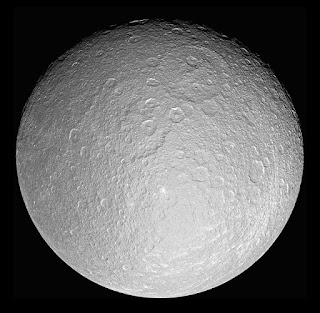FORMATION OF THE EARTH AND NOON THE UNIVERSE
FORMATION OF EARTH AND MOON
HISTORY OF EARTH
The formation of the Earth is related to the formation of the solar system. The gases that form the solar system gradually started shirking increasingly more matter gathered in the centre while temperature was constantly increasing. The sun formed from this condensed molecular cloud of dust. Due to rapid rotation the rest of the clouds scattered and flattened into an aur orbiting protoplanetary disc around the sun. The dust particle in the protoplanetary disc collided and stuck together due to electrostatic attraction forming planetesimals. When there is a size about one kilometre they collided due to mutual gravity forming proto planets which were a few thousand kilometres in diameter.
THE EARTH PLANET
This is how the Earth was formed 4.6 billion ago. Around a hundred and seventy million years after the formation of Earth a similarly young planet known as Thea Struck the Earth's still soft crust. Thea was demolished after the collision and it merged with the earth. The Earth's mass therefore increased effectively reaching it's current mass. The impact created a large ring of debris around the earth which later formed in to the Moon. After The dissolution of ring, the moon became a glowing hot celestial body orbiting around the earth. During this period the moon still had volcanoes lava flows and it's a magnetic field.
THE MOON NATURAL SATELLITE OF EARTH
The tidal phenomenon the occurs between the earth and moon led to various changes. Firstly the moon became tidily locked with the earth meaning the moon guest as long to rotate around its axis as it does to revolve around the earth. Secondly the moon gradually receded from the Earth cooled down and and then became geologically inactive. Currently the average distance of the Moon from the Earth is 384 thousand kilometres. Email to this day it is receding from the Earth 3.8 CM a year. As a result it takes increasingly no time to revolve around the earth, however due to tidal locking, the period it takes to rotate around its own axis is also increasing. The tidal phenomenon affects the earth. The earth's rotation period decreasing meaning the length of the earth's stay is slowly increasing.




Comments
Post a Comment